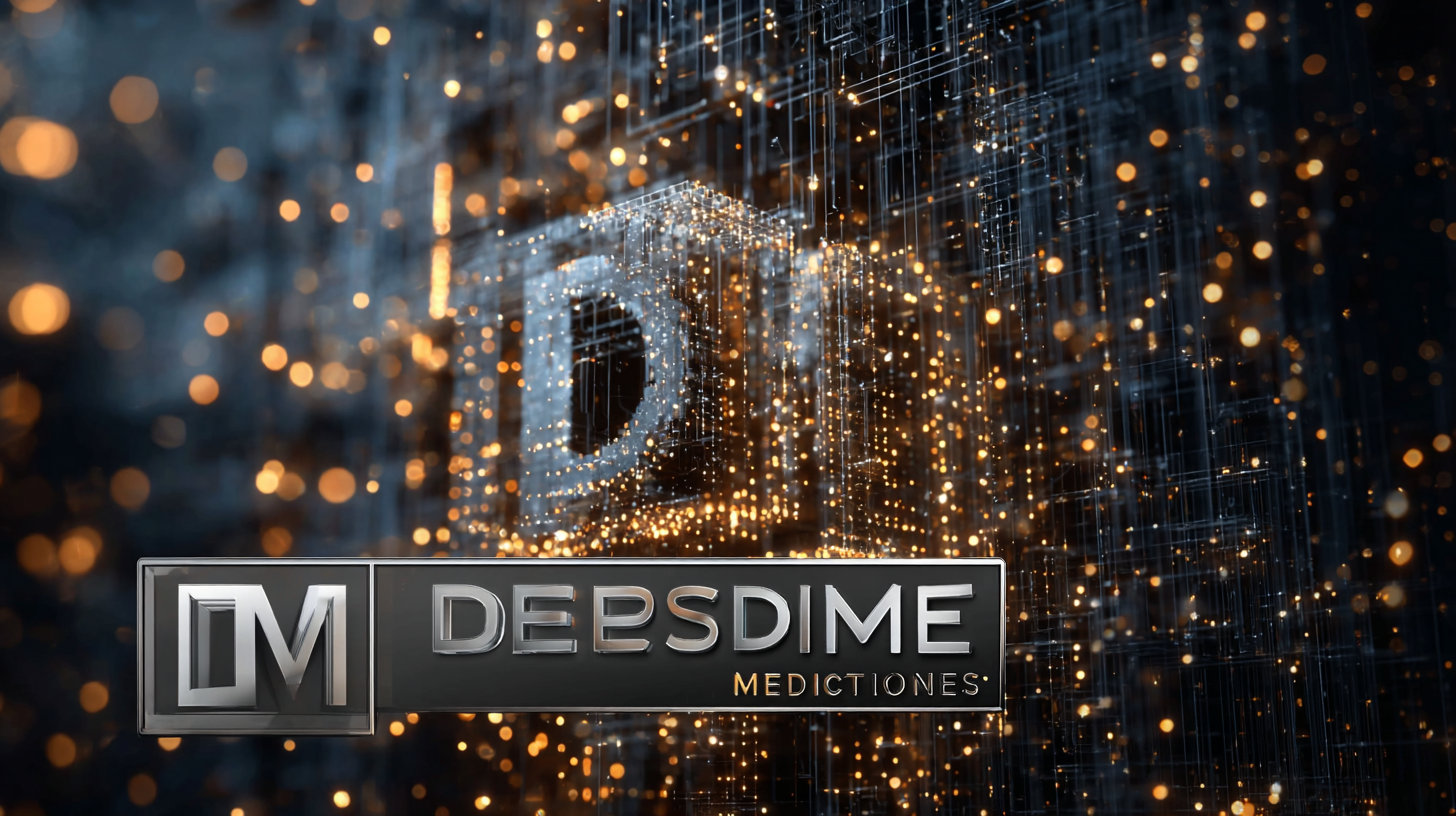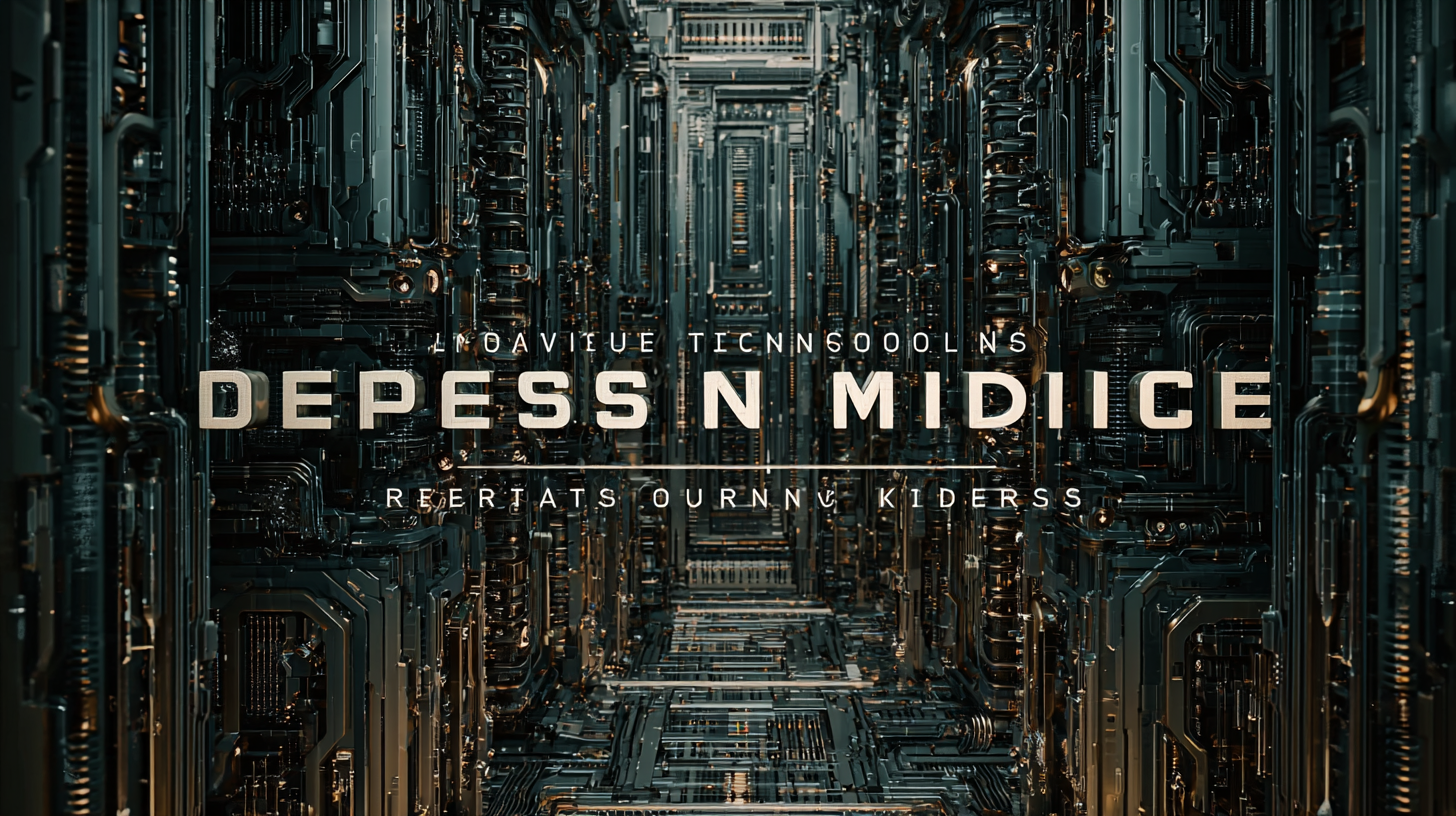As we move towards 2025, the landscape of mental health treatment is being transformed by innovative technologies that promise to enhance the effectiveness of depression medicine strategies. In an era where digital solutions are intertwined with healthcare, the integration of advanced tools such as artificial intelligence, teletherapy, and personalized medicine is reshaping how we approach the diagnosis and treatment of depression. This blog explores the latest developments in depression medicine, highlighting how these cutting-edge technologies are not only improving access to care but also tailoring interventions to meet the unique needs of individuals. With the potential to revolutionize traditional methodologies, the future of depression medicine looks promising, offering hope and healing to millions grappling with this pervasive mental health condition. Join us as we delve into the top strategies that will define the next wave of depression treatment in the coming years.

As we approach 2025, innovative digital tools are increasingly playing a pivotal role in shaping personalized treatment plans for depression. With the rise of AI-driven applications, mental health care is becoming more accessible, allowing patients to engage in therapeutic conversations even when human therapists are unavailable. These AI tools provide on-demand support and are designed to adapt to the individual needs of users, offering a layer of privacy and convenience that many find essential in their treatment journey.
Moreover, the concept of digital phenotyping is gaining traction, where health data is collected through digital means, enabling early diagnosis and targeted management of depression. This method not only supports healthcare providers in monitoring mental health but also tailors interventions based on real-time data, ultimately enhancing the effectiveness of treatment. By leveraging personalization variables in these digital interventions, such as customized content and user interfaces, healthcare professionals can better meet the unique needs of adolescents and young adults grappling with anxiety and depression. As technology continues to evolve, the potential for creating individualized mental health strategies appears boundless.

The landscape of depression treatment is poised for a revolution in 2025, as the integration of artificial intelligence (AI) and machine learning (ML) takes center stage in developing personalized therapy strategies. According to a recent report by the World Health Organization, depression affects over 264 million people globally, highlighting the urgent need for effective treatment options. By leveraging advanced algorithms that analyze patient data, clinicians can create tailored treatment plans that address individual needs, enhancing the likelihood of positive outcomes.
AI's potential in identifying patterns in patient behavior and response to medications offers a significant leap forward. A study published in the Journal of Affective Disorders found that machine learning models could predict treatment responses with up to 85% accuracy. This capability not only streamlines the prescription process but also minimizes the risks of trial and error that often accompany traditional treatments. As we approach 2025, the fusion of AI and mental health care is not just a visionary concept; it represents a necessary evolution in combating one of the most pressing health challenges of our time.
The integration of wearable technology in mental health management is poised to revolutionize how we monitor and treat depression by 2025. With the global wearables market expected to reach $60 billion by 2023, these devices are increasingly equipped with sensors that can track physiological markers indicative of mental health states. For instance, a report from the Journal of Medical Internet Research highlights how heart rate variability and sleep quality—both measurable through wearables—can serve as indicators of mental well-being, allowing for real-time insights into a patient's condition.
Furthermore, studies indicate that approximately 42% of adults experience mental health issues, but only a fraction receive adequate treatment. Wearables offer a continuous monitoring solution, providing data that can be used to personalize treatment plans. According to a report by Deloitte, approximately 70% of consumers express interest in using technology to manage their health, emphasizing a growing acceptance of these innovative tools. By leveraging the capabilities of wearable devices to collect and analyze data, healthcare providers can better track the effectiveness of depression medications and adjust strategies in real-time, ultimately enhancing patient outcomes.

In the rapidly evolving landscape of mental health care, teletherapy innovations are transforming how individuals access depression treatment. With advancements in technology, virtual therapy sessions are becoming more commonplace, bridging gaps for those who previously struggled to find suitable care. This convenience not only enhances accessibility but also reduces the stigma often associated with seeking help in a traditional setting.
When considering teletherapy, here are some tips to maximize your experience: First, ensure you have a quiet, comfortable space where you can speak openly without interruptions. This will help you feel more relaxed and engaged during your session. Second, it’s important to communicate effectively with your therapist; don’t hesitate to share your feelings about the experience and ask questions if something isn’t clear. Lastly, set realistic expectations for your progress; remember that while teletherapy can be highly effective, it may take time to see significant changes.
As we look toward 2025, the integration of teletherapy into mental health care will likely expand, incorporating features like AI-driven assessments and personalized treatment plans. These innovations will empower patients to take an active role in their recovery, making depression care more effective and accessible than ever before.
| Technology | Access Improvement (%) | User Satisfaction (%) | Cost Reduction (%) | Projected Growth (% annually) |
|---|---|---|---|---|
| Video Conferencing | 30 | 85 | 20 | 15 |
| AI-Powered Screening Tools | 40 | 90 | 25 | 20 |
| Mobile Health Apps | 35 | 80 | 15 | 18 |
| Chatbots for Support | 25 | 78 | 10 | 12 |
| Digital Therapeutics | 50 | 92 | 30 | 25 |
As we venture into 2025, the integration of mindfulness apps into depression treatment strategies is set to revolutionize how we approach emotional well-being. These apps offer a convenient and accessible medium for patients to practice mindfulness—a technique known for its ability to reduce stress, enhance self-awareness, and promote emotional balance. By providing guided meditations, breathing exercises, and mood tracking features, these digital tools allow individuals to cultivate mindfulness skills anywhere and anytime.
Moreover, the incorporation of mindfulness apps into therapeutic practices encourages continuous engagement with mental health. Unlike traditional methods that may often feel isolating, these apps foster a sense of community through features like social sharing and support forums. Users can connect with others who share similar experiences, creating a supportive environment that reinforces their journey towards emotional resilience. As technology continues to evolve, the synergy between mental health care and digital solutions promises to pave the way for more personalized and effective depression management strategies.
This bar chart illustrates the effectiveness of various strategies in reducing depression symptoms in 2025. Mindfulness apps show promising results, closely following traditional treatments like Cognitive Behavioral Therapy.
